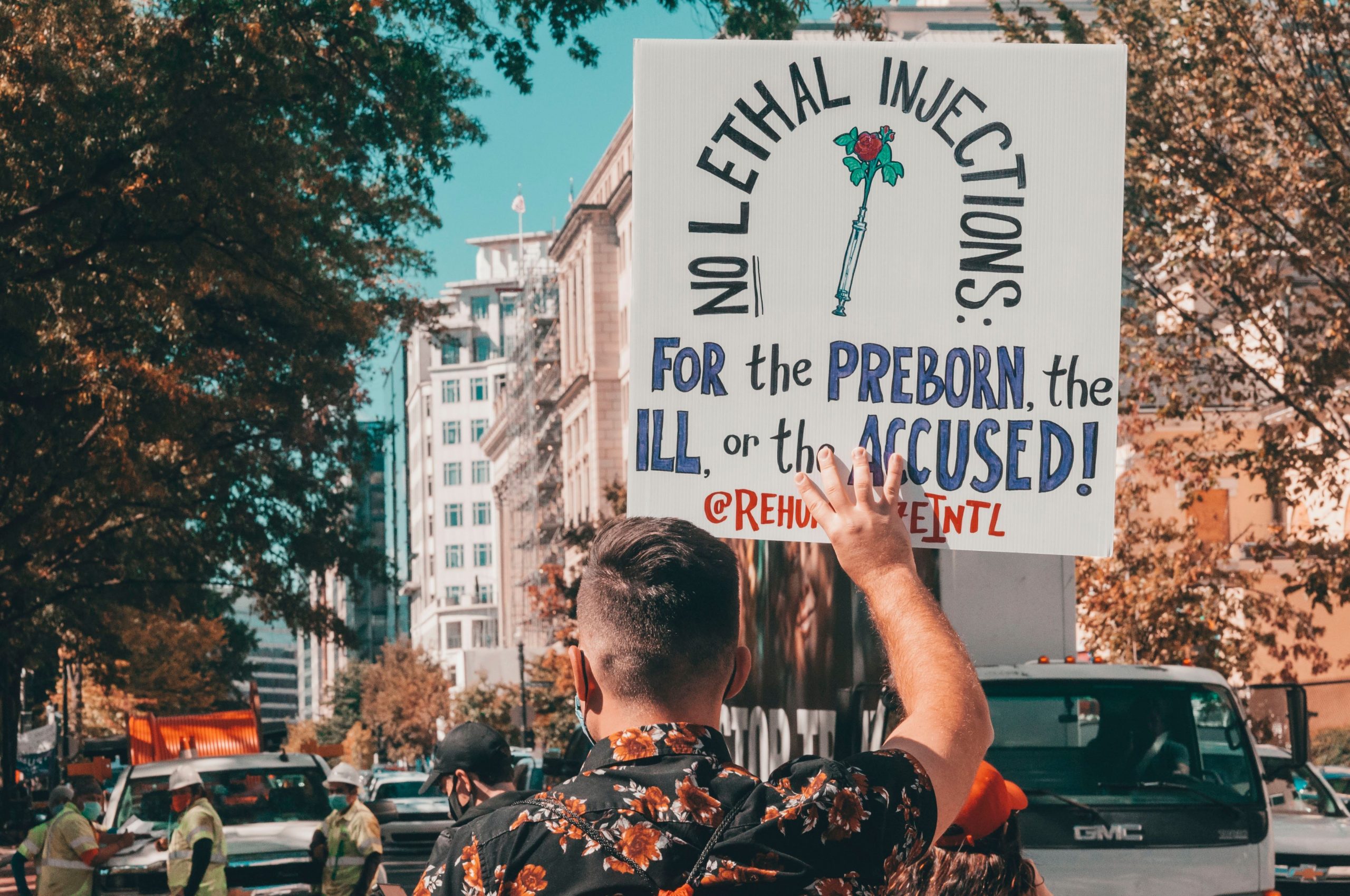As France’s parliament prepares to debate a controversial law that would allow euthanasia for those with terminal illnesses, here is a round-up of the situation in Europe.
The Netherlands legalised active and direct euthanasia in 2002. Lethal doses of drugs are authorised if patients request them while lucid.
Also read: Spain legalises Euthanasia, assisted suicide; 4th Nation to do so
They must also be experiencing unbearable suffering from a condition diagnosed as incurable by at least two doctors.
Last year the country’s highest court ruled that doctors will be able to conduct assisted suicides on patients with severe dementia without fear of prosecution, even if the patient no longer expressed an explicit wish to die.
The Netherlands also moved towards making euthanasia legal for terminally ill children aged between one and 12.
Belgium lifted restrictions on euthanasia in 2002 for patients facing constant, unbearable and untreatable physical or psychological suffering.
Also read: COVID-19 positive woman in coma should be allowed to die with dignity: UK court
They must be aged 18 or over and request termination of life in a voluntary, reasoned and repeated manner, free from coercion.
In 2014 Belgium became the first country to authorise children to request euthanasia if they suffer a terminal disease and understand the consequences of the act.
In neighbouring Luxembourg, a text legalising euthanasia in certain terminal cases was approved in 2009. It excludes minors.
Switzerland is one of the rare countries that allows assisted suicide with patients administering a lethal dose of medication themselves. It does not allow active, direct euthanasia by a third party but tolerates the provision of substances to relieve suffering, even if death is a consequence.
Italy’s Constitutional Court ruled in 2019 that it was not always a crime to help someone in “intolerable suffering” commit suicide.
Halting medical procedures that maintain life, called passive euthanasia, is also tolerated.
In France, a 2005 law legalised passive euthanasia as a “right to die”. A 2016 law allows doctors to couple this with “deep and continuous sedation” for terminally ill patients, while keeping euthanasia and assisted suicide illegal up to now.
A debate on “free and chosen” euthanasia for incurably ill patients in France’s lower house on Thursday faces 3,000 amendments and is far from sure of passage.
Sweden authorised passive euthanasia in 2010 and Ireland also recognises the “right to die”.
Britain has allowed medical personnel to halt life-preserving treatment in certain cases since 2002.
In Austria and Germany, passive euthanasia is permitted if requested by the patient.
Denmark has allowed people to file written refusal of excessive treatment in dire situations since 1992, with the document held in a centralised register.
In Norway passive euthanasia is permitted if requested by the patient or by a relative, if the patient is unconscious.
In Hungary, people with incurable diseases can refuse treatment.
It is also legal to end treatment of terminally ill people in Lithuania and Latvia.






